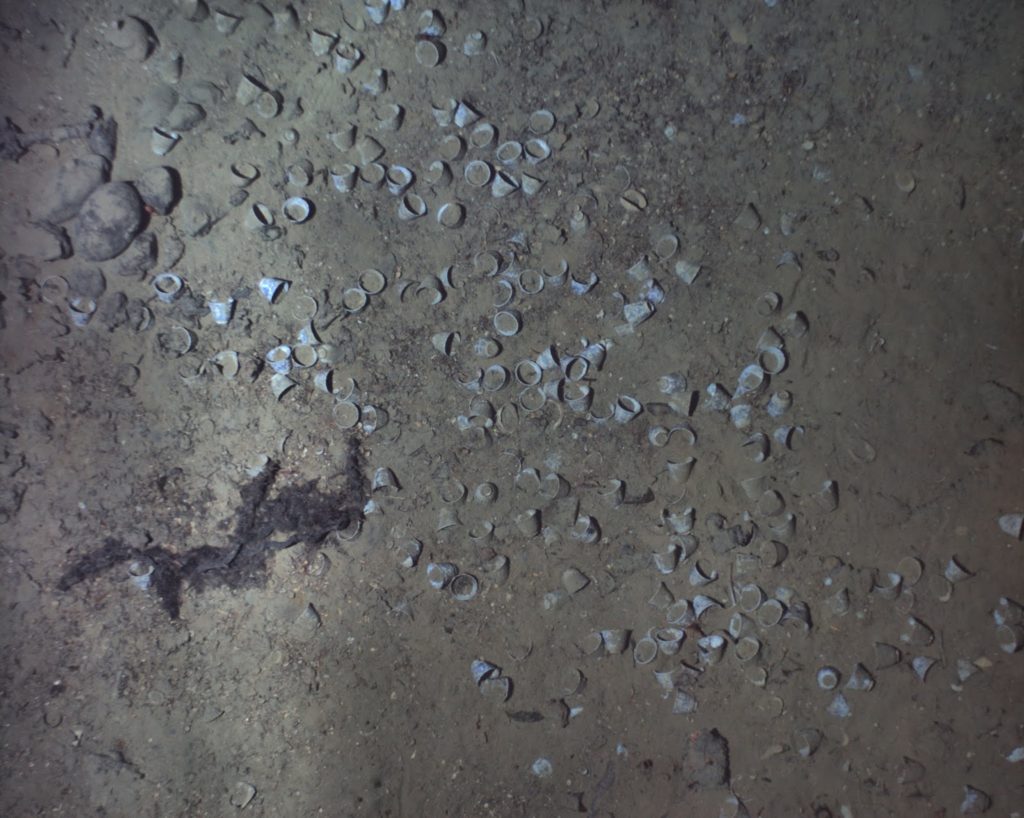Buried treasure may feel like the stuff of storybooks, but the president of Colombia is on a mission to recover a real-life shipwreck off the country’s northern coastline that sunk more than 300 years ago. He hopes that historians are right about a cargo of treasures worth up to $20 billion that may have gone down with ship.
The San José was a majestic Spanish galleon that, in 1708, was hauling some substantial booty, including tons of gold, silver, and emeralds, over from Panama. It had nearly arrived at its destination when it was sunk by the British navy in an ambush near the Colombian port of Cartagena, a casualty of the War of Spanish Succession. Now, Colombia’s president Gustavo Petro is in a rush to retrieve these riches before his current term ends in 2026.
The location of the San José remained unknown for centuries, and has been a matter of some debate for the past few decades. In 2015, the Colombian government said it had found the highly sought-after ship but was keeping the coordinates top secret. It first announced a salvage operation in 2017, but Petro is reportedly putting pressure on officials to speed this process up.
Footage of the wreck released last year show that the ship’s hull is still in tact. The surrounding sea floor is scattered with gold ingots, coins, pottery, Spanish cannons dating from 1655, and a Chinese dinner service. But could an even bigger trove be lurking in the ocean depths?

Teacups at the site of the San Jose shipwreck. Photo: courtesy of REMUS image and the Woods Hole Oceanographic Institution.
Colombia is also dealing with a lawsuit from a U.S. company, Sea Search Armada, which claims it found the wreck in 1981 and alerted Colombian authorities of its location on the condition that it would receive half of any treasure retrieved.
“Colombia should split nothing,” said Charles Beaker, director of Underwater Science at Indiana University, speaking to NCB News. “These resources should be protected for public benefit not for private gain,” he added. Colombia has promised that it plans to build a special museum for the wreck in Cartagena.
The wreck is currently 700 feet below water, meaning it sits out of reach of divers but not remotely operated vehicles or submersibles. “It’s still costly to do underwater work,” Beaker said. Colombia will likely have to set up a public-private partnership or make a deal with a private firm in order to pull off the rescue mission.
Some archaeologists and heritage advisors say that dredging up the wreck three centuries later is a bad idea, according to the New York Times. “The shipwreck lies there because it has reached equilibrium with the environment,” said the Bogotá-based nautical archaeologist Ricardo Borrero. “Materials have been under these conditions for 300 years and there is no better way for them to be resting.” He, along with some historians, also believes that the $20 billion valuation of the wreck’s contents is likely to be considerably inflated.
More Trending Stories:
Conservators Find a ‘Monstrous Figure’ Hidden in an 18th-Century Joshua Reynolds Painting
A First-Class Dinner Menu Salvaged From the Titanic Makes Waves at Auction
The Louvre Seeks Donations to Stop an American Museum From Acquiring a French Masterpiece
Meet the Woman Behind ‘Weird Medieval Guys,’ the Internet Hit Mining Odd Art From the Middle Ages
A Golden Rothko Shines at Christie’s as Passion for Abstract Expressionism Endures
Agnes Martin Is the Quiet Star of the New York Sales. Here’s Why $18.7 Million Is Still a Bargain
Mega Collector Joseph Lau Shoots Down Rumors That His Wife Lost Him Billions in Bad Investments
Follow Artnet News on Facebook:
Want to stay ahead of the art world? Subscribe to our newsletter to get the breaking news, eye-opening interviews, and incisive critical takes that drive the conversation forward.
This post was originally published on this site be sure to check out more of their content.








